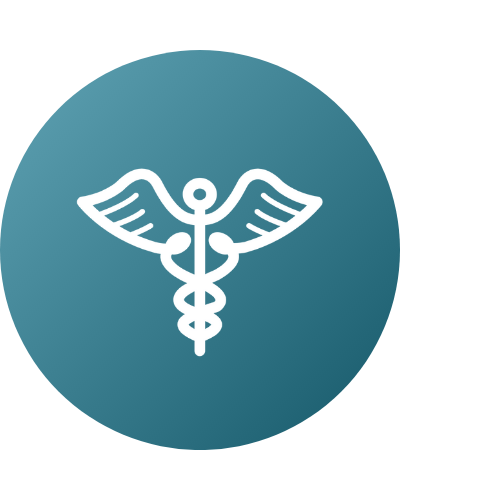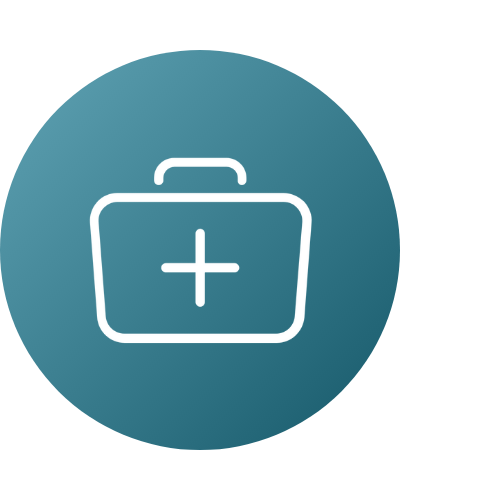Equity-focused interventions to increase colorectal cancer screening
- Downloads
- Full report (pdf)
Barriers and inequities in colorectal screening
To increase colorectal screening rates, it is important to understand the barriers and inequities that prevent specific populations from participating in screening programs.
The most common reasons Canadians give for not having had a fecal test within the last two years include:
- Their doctor didn’t think it was necessary
- They didn’t think it was necessary
- They had already had a colonoscopy or sigmoidoscopy
When looking at the barriers to screening participation and up-to-dateness among specific populations, three broad categories have been observed.
 Healthcare provider barriers
Healthcare provider barriers
Healthcare providers are among the most influential factors affecting screening participation. This is especially true for participants with low health literacy or experiencing socio-economic disadvantage, who often rely heavily on their healthcare providers to inform their healthcare decisions.
Healthcare provider barriers include:
- Lack of regular healthcare provider ■
- Lack of screening recommendation from healthcare provider ▲
Legend
The following symbols indicate the populations most affected by each barrier:
▲ Low-income populations
■ Visible minority groups
◉ Rural/remote populations
 Health system barriers
Health system barriers
The health system itself can also present barriers, with services and options sometimes difficult to access or understand for certain populations.
Health system barriers include:
- Difficulty navigating the health system ◉
- Difficulty accessing the health system ■
- Language barriers ◉
- Non-receipt of test kit materials ■
 Support and education barriers
Support and education barriers
Gaps in health-related support and education can make it more challenging for some populations to access the services they need.
Support and education barriers include:
- Fear of cancer due to lack of knowledge ▲ ◉
- Misconceptions or negative attitudes toward testing ▲
- Scheduling conflicts or lack of time to get tested ▲
- Low health literacy ▲ ◉
- Lack of culturally appropriate health promotion materials ◉
- Embarrassment or discomfort handling fecal samples ◉
- Work/family responsibilities ◉
- Dependency on family members ◉
Other populations that may experience barriers
People with disabilities, chronic health conditions or mental health issues; houseless people; transient people; LGBTQ2S+ people; and others may also experience barriers that prevent them from being screened for colorectal cancer. Less is known about screening participation among these groups, making this an area demanding additional focus.
Another group requiring additional focus is First Nations, Inuit and Métis. While First Nations, Inuit and Métis also experience inequities in accessing cancer screening services, the available evidence is not sufficient to make recommendations in this report. To understand and address these inequities appropriately, more First Nations-, Inuit- and Métis-governed research is required. In order to address the unique rights to self-determination and to culturally appropriate and safe health care, a priority focus must be placed on first developing health care systems, institutions and allies that are responsive to the needs of First Nations, Inuit and Métis communities.
Equity considerations associated with the COVID-19 pandemic
COVID-19 has intensified some inequities, requiring extra effort to ensure vulnerable populations — including older adults, women, racialized groups and people living with disabilities — receive the services they need. This may involve expanding the use of virtual services and reducing face-to-face interactions, which will also help mitigate the additional challenges posed by travel restrictions, particularly for remote and rural communities.
The Partnership has a developed a guidance document to support the management of cancer screening services during the pandemic.
- Downloads
- Full report (pdf)
